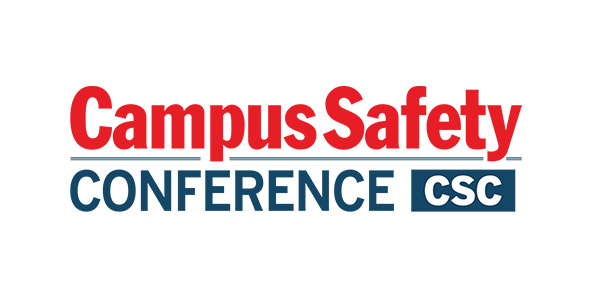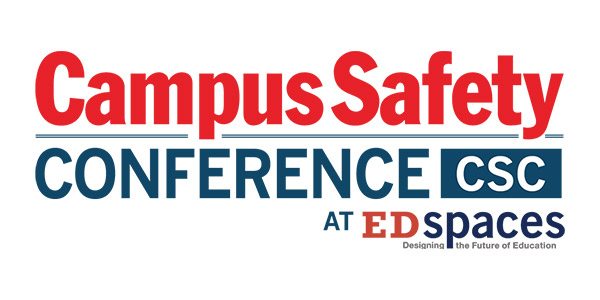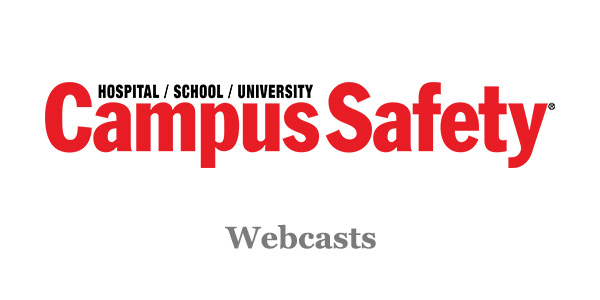A comprehensive study conducted by the California chapter of the Council on American-Islamic Relations (CAIR-CA) and the Center for the Prevention of Hate and Bullying (CPHB) reveals significant challenges facing Muslim students in California schools.
The research surveyed 1,802 students aged 11 to 18 across more than 48 counties, finding that Muslim students are bullied at twice the national average.
Key Findings: Bullying Rates and Underreporting
Half of Muslim students surveyed experienced peer bullying due to their religious identity. The data reveals three primary forms of harassment: verbal harassment (62%), exclusion and bias (26%), and threats with physical harm (12%).
Related Article: Students Create a Culture of Belonging on National No One Eats Alone Day
School staff misconduct affects 29% of Muslim students, who reported offensive remarks or inappropriate behavior toward Islam. The most common forms included verbal harassment and derogatory comments (60%), biased teaching practices (18%), and intimidation with exclusion (14%).
Underreporting remains a critical issue, with 67% of students failing to report peer bullying and 57% not reporting staff misconduct. Students cited feeling undervalued, experiencing fear, and encountering unclear reporting processes as primary barriers.
Impact on Muslim Students Well-being and Academic Performance
The research documents severe consequences for affected students. Half reported lacking safety, belonging, and emotional comfort at school. Academic disruption is evident, with 43% of students missing school due to bullying, which is a dramatic increase from 16% in 2023 and significantly higher than the national absenteeism rate of 28%.
Mental health impacts are substantial, affecting 40% of students physically, mentally, or emotionally. Consequently, 57% exhibited symptoms associated with mental health conditions, including poor academic performance, loneliness, and loss of interest in activities. Additionally, 38% reported experiencing stress, anxiety, or depression.
Despite the high rate of academic disruption and mental health impacts, only 8% of Muslim students seek support from school counselors, often perceiving them as biased and lacking cultural understanding. This finding highlights significant gaps in accessible mental health resources and culturally competent support systems within schools.
Evidence-Based Solutions for Educators
The report provides specific recommendations for educational institutions to address these systemic issues effectively.
- Policy and Reporting Improvements: Schools should adopt expanded definitions of bullying that account for diverse manifestations and impacts. Clear, widely distributed anti-bullying policies and reporting systems must be established to encourage incident reporting and appropriate responses.
- Educational and Training Initiatives: Proactive education and awareness programs for students and staff are essential. Schools must implement professional development and cultural competency training to ensure educators understand and respond appropriately to religious discrimination.
- Curriculum and Representation Changes: Diversifying curriculum and increasing Muslim representation can foster more inclusive environments. Schools should examine existing materials and practices to identify and eliminate bias while incorporating diverse perspectives.
- Support and Climate Improvement: Supporting bullying victims requires comprehensive approaches that address immediate needs and long-term recovery. Fostering inclusive school climates through policy, practice, and community engagement creates environments where all students can succeed.
Recommendations for Parents and Families
The research emphasizes the importance of family advocacy in protecting Muslim students. Parents should understand their rights and build early partnerships with schools to establish positive relationships before problems arise.
Related Article: 5 Ways Schools Can Encourage Students to Report Threats
Effective advocacy requires maintaining open communication with school personnel and requesting specific action plans when incidents occur. Parents must report every bullying incident and escalate concerns through appropriate channels when initial responses prove inadequate.
Broader Context and Future Implications
This California study aligns with similar findings from Tennessee and Massachusetts, indicating nationwide patterns of discrimination against Muslim students. The consistency across states suggests systemic issues requiring coordinated responses from educational institutions, policymakers, and communities.
Read the Report: Invisible Wounds: The Hidden Struggle of Muslim Students in California







